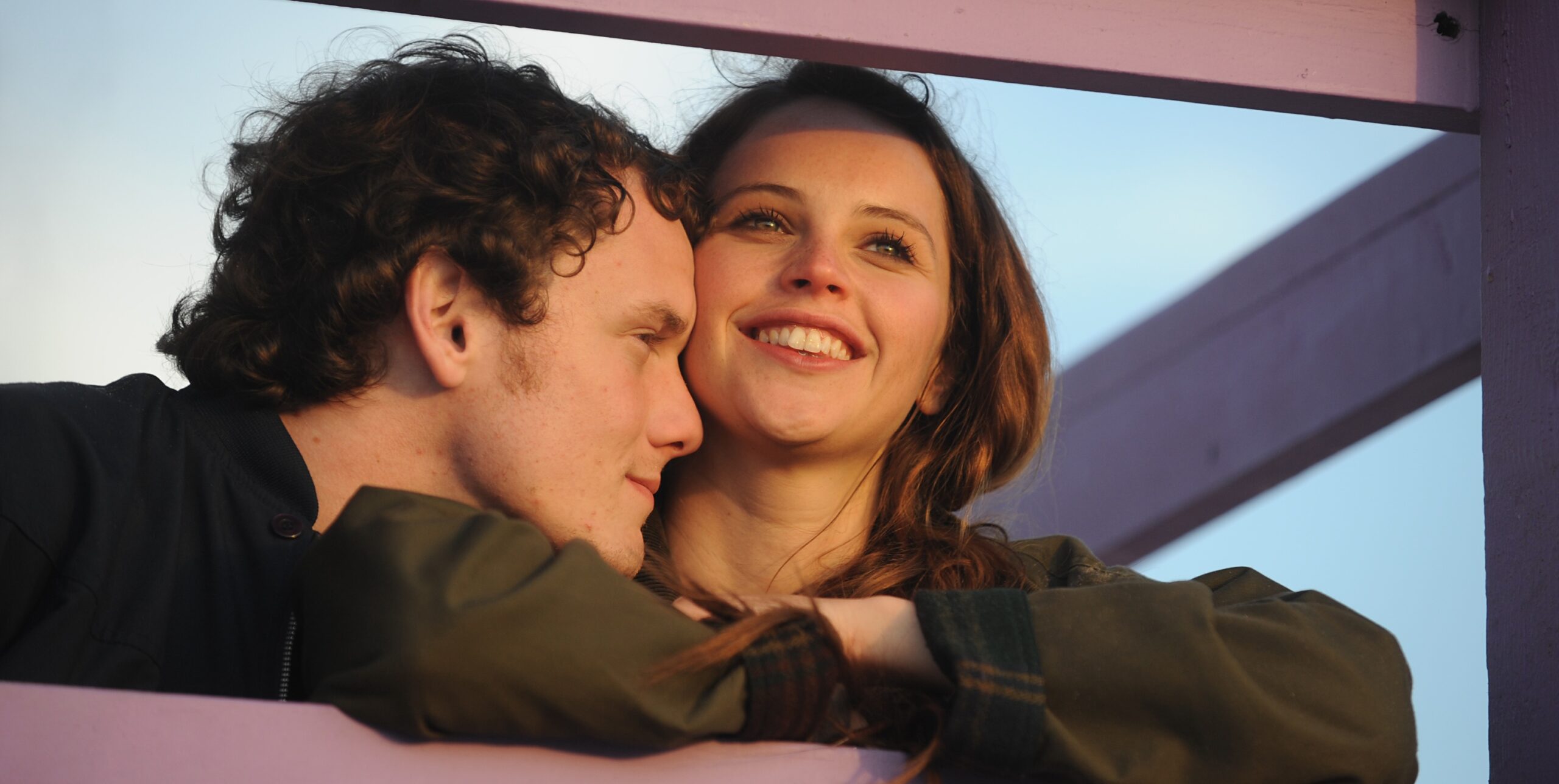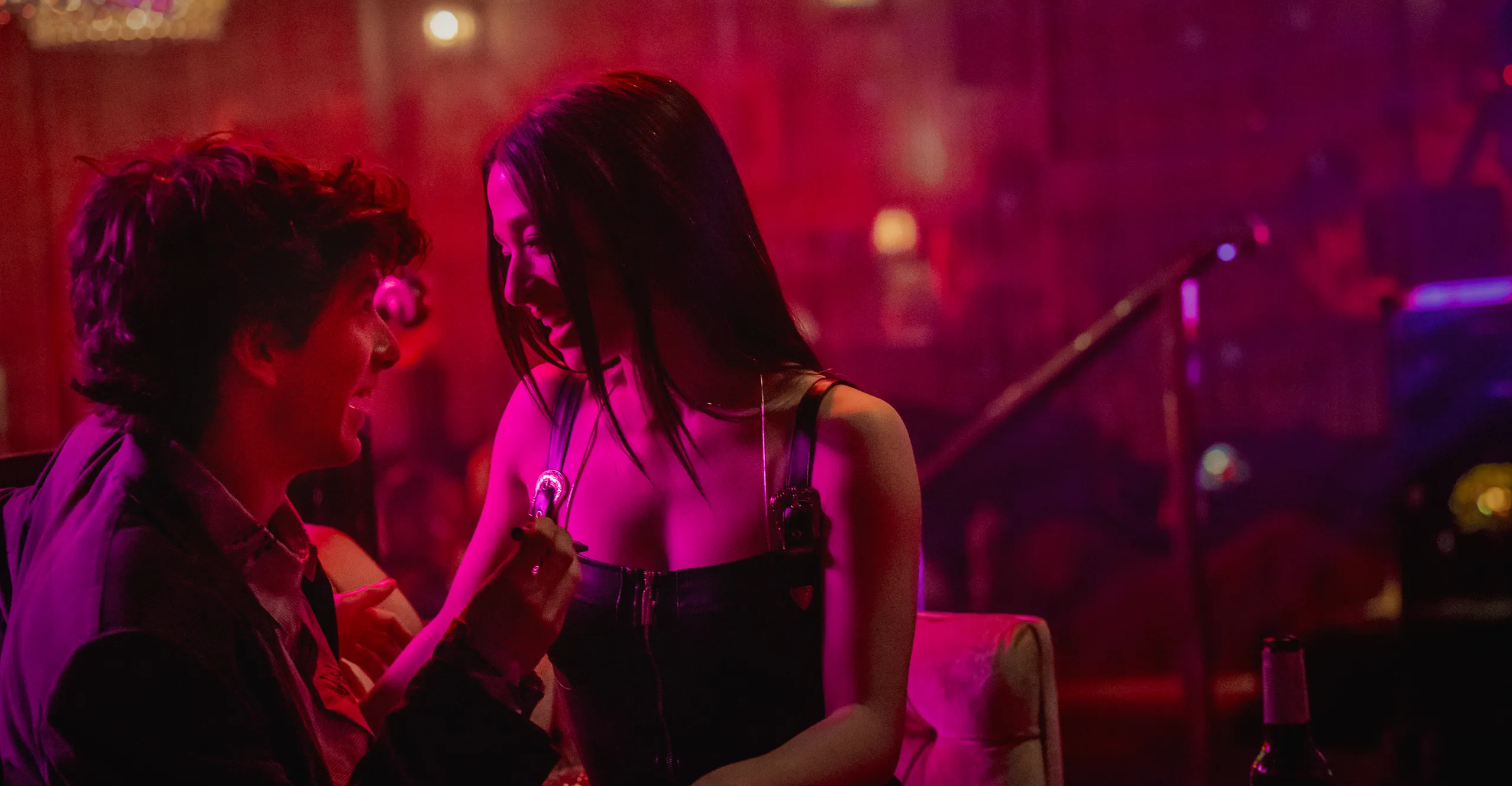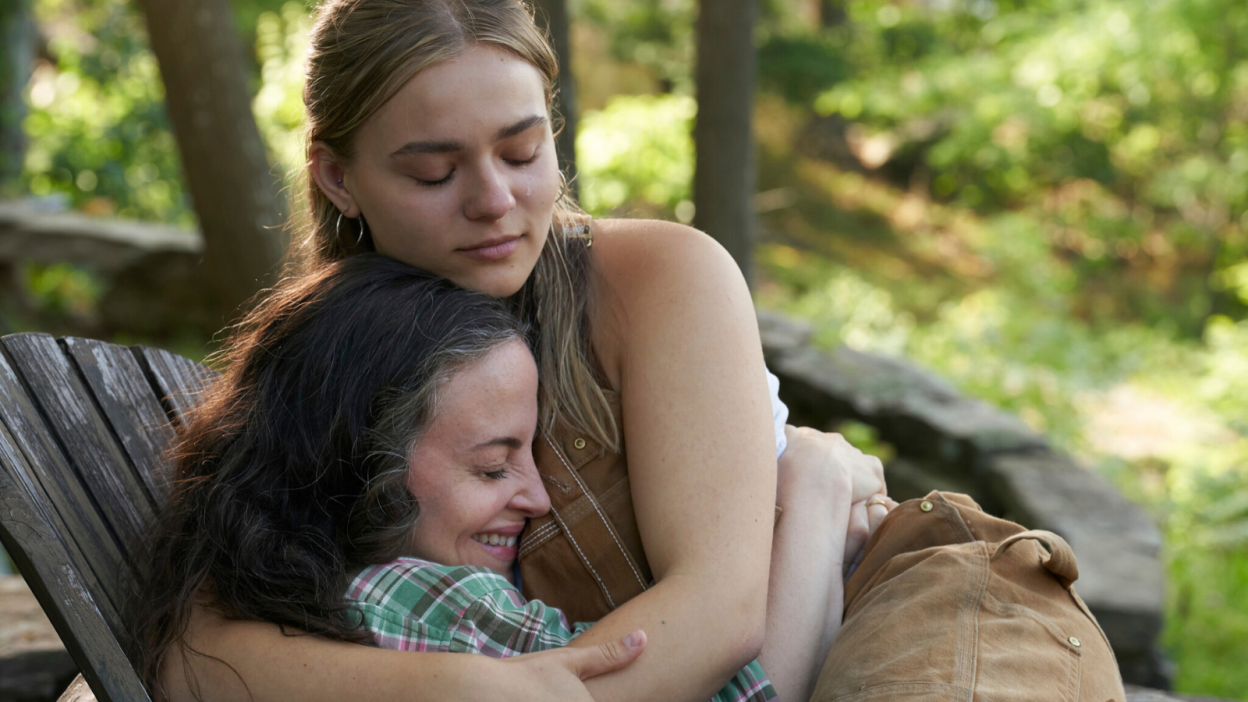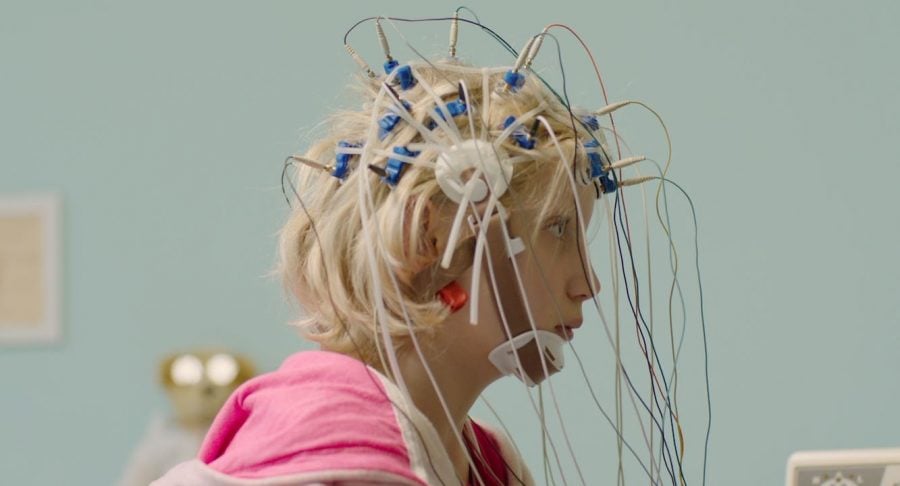Wild Style (1983)

The Very Best
8.4
Movie
TLDR
Also makes for a great game of “spot the sample origin” if you’re a rap fan.
What it's about
The take
This cult classic is the first hip-hop movie in cinema’s history — and, aptly, one of the most sampled movies in rap music. With a cast drawn exclusively from the NYC graffiti, breakdancing, and rap subcultures that it spotlights, Wild Style wisely doesn’t try too hard to construct a conventional drama. Instead, there are toe-tapping scenes in neon-lit, smoke-filled clubs that stretch far beyond usual cinematic limits because they’re following the dynamic pace and infectious rhythm of the battling emcees, not film’s rules.
In lieu of a plot, Wild Style captures the singular atmosphere of the period it was filmed in, when hip-hop culture was thriving and art curators had begun to look to graffiti artists to fill their galleries. That uneasy turning point in the culture is chronicled here through the perspective of Zoro (real graffiti “writer” Lee Quiñones), a young artist who looks on with disdain as his peers embrace the commercialization of their medium by NYC’s art world. (As he shrewdly puts it, risk is central to graffiti’s identity — made for subway cars and walls, not framed canvases.) Brilliantly capturing the freewheeling spirit of NYC’s hip-hop scene, this is a time capsule that never feels dusty thanks to the appropriately off-the-cuff filmmaking.
What stands out
Though it’s threaded through with a plot of sorts (a couple breaks up, a journalist arrives to cover the scene), Wild Style feels very much like a documentary, and one that more than lives up to its name. With a cast made up of pioneers of hip-hop’s trifecta of art forms — graffiti writers like Zephyr and Lady Pink, dancers like the Rock Steady Crew, and musicians like Grandmaster Flash — and filmmaking that mirrors their freestyle approach, this is an unadulterated shot of that moment’s original energy.
Comments
Your comment
UP NEXT
UP NEXT
UP NEXT
Curated by humans, not algorithms.

© 2025 agoodmovietowatch, all rights reserved.



















